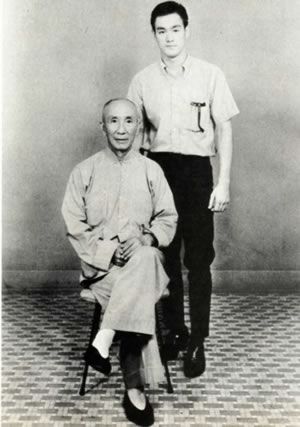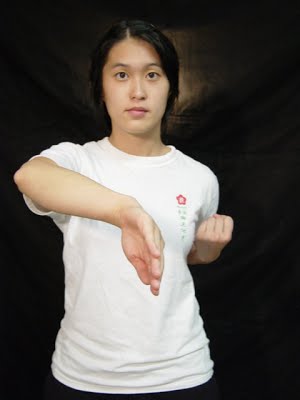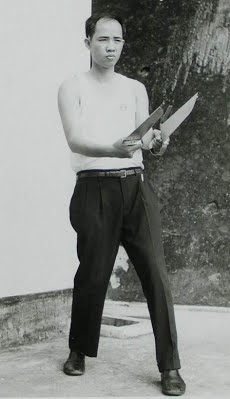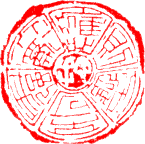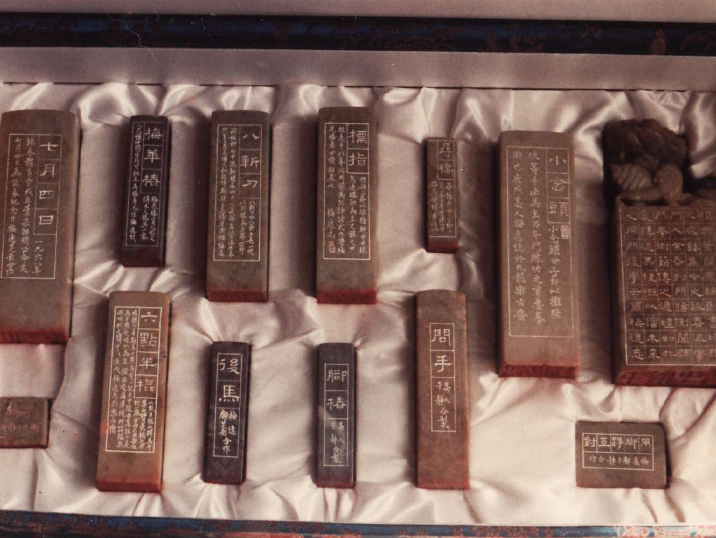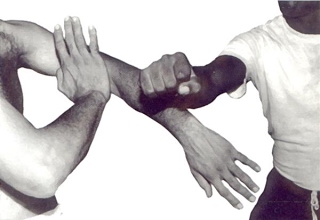41 Reasons to Train Wing Chun
Why Should You Train Wing Chun? Be Able To Protect Yourself Get In Better Shape Get More Focused Learn How To Take A Hit Learn How To Punch Hard Get Comfortable In Uncomfortable Situations Get Relaxed Develop Patience Learn A Traditional Martial Art Improve Your Posture Develop Your Core Strengthen Your Legs Improve Balance Improve Mobility Mental Fortitude Get Stronger Improved Reflexes Longevity Learn A Skill Inner Quiet Avoid Fights With Your Presence Learn More About Yourself Get Control Of Your Ego Learn To Control Your Anger Overcome Your Fears Develop Self Control Learn How To Not Be Controlled Increased Awareness Learn How To Kick Powerfully Simultaneous Attack And Defense Assertiveness Learn To Not Get Knocked Down Develop Knock Out Power Learn To Not Get Pushed Around Learn The Inside Moves Hidden Moves Have Something When You Are Old Stronger Bones Greater Flexibility Distance Awareness Increased Sensitivity Be Able To Protect Yourself The number one reason to train Wing Chun (Ving Tsun) is to be able to protect yourself.



